To accurately determine the age of a whitetail buck or bull moose, without the use of laboratory equipment, is in the best interest of every hunter and conservationist. Field-aging (FA) is a technique based-on general appearance, growth patterns, antler size and development. Upon examining key body growth characteristics and identifying features, a trained field-ager can accurately ‘pigeon hole’ the age of white-tailed buck or bull moose, on the hoof.
This emerging FA technique is a topic readily discussed around my hunt camp and others as well. Although the only truly accurate method of aging ungulates is done post-mortem through examination of concentric rings on their teeth, field-aging still has merit since it can be accomplished while the animal is alive.
The ability to determine a game animal’s age, just by looking at it, has huge conservation implications. Moose and deer herds are better-managed when hunter’s practise select-harvest allowing the younger year-class to survive while focusing on older animals, or in some cases vise-versa.
Join me as we learn how to field-age moose and deer on the hoof!
Yearlings

Source: Author

Source: Shutterstock
First year or 1.5 year old whitetail bucks and bull moose are the easiest animals to identify on the hoof. These young males appear small, thin-bodied and similar in stature to females of the same age. A yearling buck’s antlers vary from simple spikes to four, or perhaps 6 points in total. Late born fawns often produce spike bucks in the first year, while 1.5 year old bull moose sport single-beamed spike or forked antlers, with no palmation. Antler development in the first year will appear thin, finger-like and delicate for both species.
Body appearance is also distinctive, as yearling deer and moose tend to have long tapered noses, bodies that appear frail and legs that long and lanky. Based on this awkward appearance and typical first year antler growth, it is quite easy to FA a yearling whitetail and moose at some distance.
Identifying 2.5 -3.5 Year olds

Source: Pixnio

Source: Author
If the animal has been ruled out as a yearling, you must apply the 2.5 to 3.5 year-old field-aging criteria. Start first with body development. Whitetail bucks and bull moose in this age-class appear thin with a narrow chested with limited muscle mass. For deer, focus on the top line of the upper body and back – second and third-year bucks usually display a straight line across. The line along the lower edge of the body in this year class also tends to taper upward as you look from the chest toward the hind quarters. In older deer, this line becomes straighter, and in cases of a much older bucks, the line begins to sag similar to aging horses with a ‘sway back’ appearance.
2.5 – 3.5 year old bucks (photo above) display conventional 6, 8 and even 10-point racks but with minimal mass. This buck I harvested later in the season and aged it with laboratory method at 2.5 years old.
Bull Moose in this age class display improved antler growth, moving away from simple first year points to the formation of palms. Antlers on 2.5 – 3.5 year old bulls show palmation of nearly a foot in length, and average in width between 32 and 38 inches outside spread. Both deer and moose of this category have relatively thin antlers beams with small circumference measurements compared to a mature animal.
4.5 – 5.5 year-olds

Source: Pixnio

Source: Author
4.5 – 5.5 year-old whitetail bucks are considered ‘mature’ and more difficult to find in the woods. They typically sport eight or ten-point racks; with an outside spread usually ‘ear-wide’. Antler growth in deer of this year-class, as in photo above of a buck on my property, show greater mass and often darker in color. The underline of the deer’s body is now straight, the nose is less tapered and face is masculine in appearance. Buck’s in this class show a back line is that is usually straight-across and the ears are smooth.
A bull moose of this age has also reached sexual maturity and is an expressive specimen indeed. The rack of the Canada moose is now fully palmate and usually 40 – 50” in width. With the moose’s body growth nearly complete, they can appear immense, standing 6-7 feet at the shoulder in some cases, depending on the region.
Trophy animals(5.5 years plus)

Source: Author

Source: Pixnio
The racks on old whitetail buck’s are heavily massive and often include abnormal points or drop tines as in photo above of 7.5 year old buck on my property known as ‘The Brute” In some cases with very old bucks, their antlers may still be partially covered in velvet. Whitetail’s in decline often do not bother ridding themselves of the vascularized velvet left over from the summer. Antlers of five year-old plus bucks typically show sticker points and several abnormal points shooting off the main beam and heavy base circumference as is the case with the Brute.
These old warriors often experience arthritis and walk stiffly because of joint pain. Their bellies will typically be sagged, loose skin develops around the neck and face and their backs will sway heavily. The eyes of these old deer will look squinty and their faces will be quite sunken-in, showing signs of decline in muscle mass.
Old bull moose have reached their maximum body size by this point and actually begin shunting calcium and phosphorus into antler growth. Antler size of old bulls can be staggering and difficult to use in age determination. From 5-years old until perhaps the age of 10, a moose’s energy is focused on antler growth, where calcium is eventually even borrowed from the skeletal system. In most region’s, a heavily palmate bull standing minimum 6 feet at the shoulders and sporting a 4-foot plus set of antlers is most often 5-years old or older.
Final thoughts
Without specialized laboratory analysis of the cementum and annuli in the animal’s dental work, no one can determine unequivocally how old a deer or moose is on the hoof. Field-aging, although an inexact science, is still a useful tool in managing whitetail deer and Canada moose. The fun and experience you will gain from ‘pigeon holing’ a buck or bull’s age within a specific year-class will provide hours of enjoyment for you and your hunting partners. In today’s day and age where managing big-game is of growing importance, field-aging deer and moose is finding its niche.
Enjoy moose hunting? I invite you to read this fun feature on Camping for Moose!

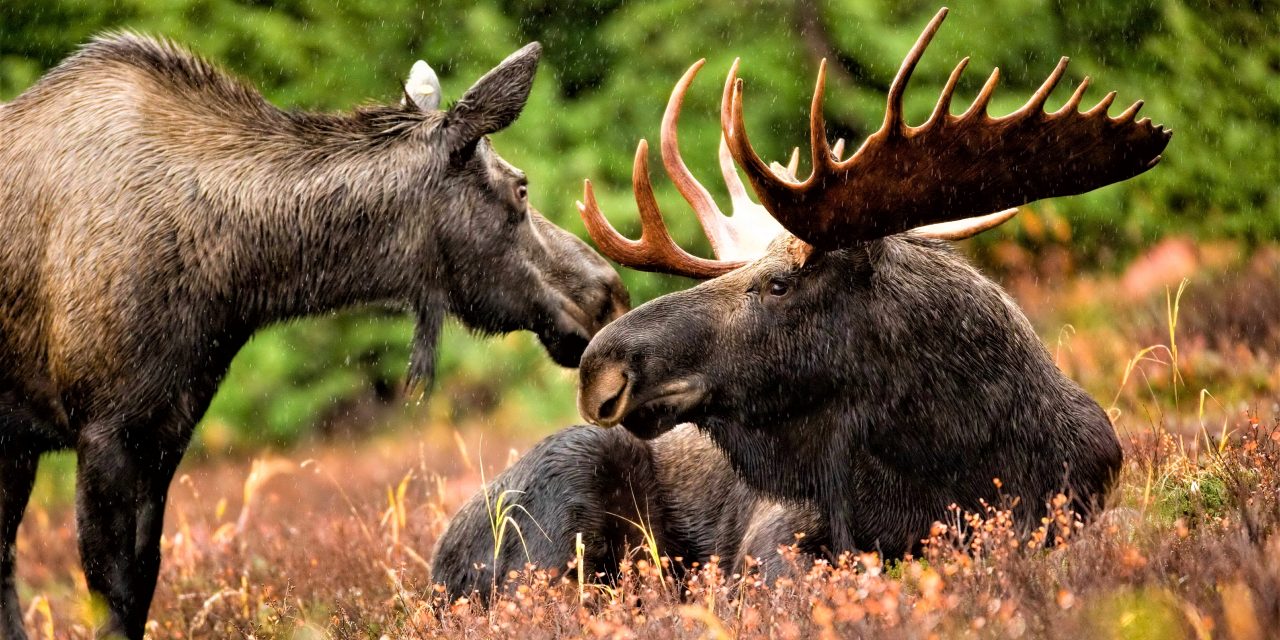
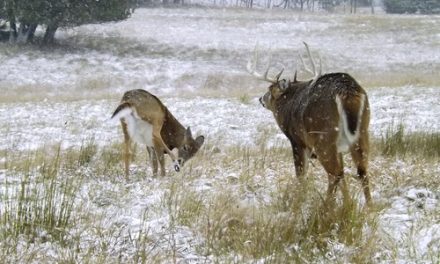
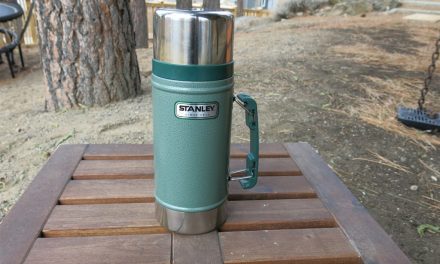
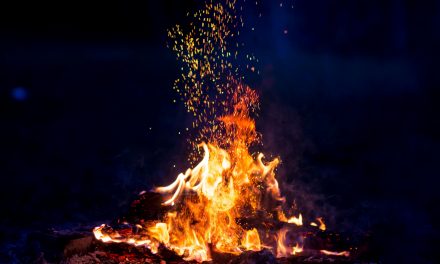
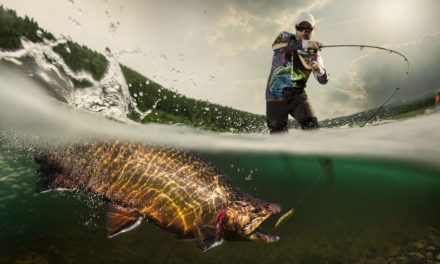
 E-Newsletter
E-Newsletter